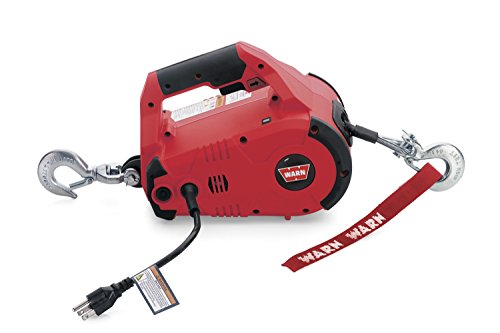- Joined
- Dec 3, 2009
- Messages
- 22,446
- Reaction score
- 265
- Location
- Van Nuys Ca.
- My Bike Models
- 1983 Interstate
2018 KLR 650
2018 BMW S1000 RR
- My Bike Logs forum link
- https://classicgoldwings.com/forums/dan-filipi.122/
About 6 months back my rear brakes went all the way down with no pressure so I rebuilt them with new seals.
They worked fine for a few weeks then started fading again.
I suspected the new seals got damaged because I saw some corrosion in the master cylinder bore.
Well I'm not so sure about that now.
Recently I found the pedal was coming up and bumping the metal engine cover I put on ages ago.
The cover was preventing the pedal from coming up all the way. Odd, never did that before and far as I can recall it wasn't doing that after the rebuild and while I was pump bleeding them.
There were no other adjustments made to the pedal height or the cover.
I'm missing something of course.
Anyway, after taking the cover off I found the pedal came up another 1/2 inch.
This got me to thinking that maybe the piston wasn't drawing in enough fluid for it to pump properly.
A road test proved that wasn't the case. Pedal still dropped too far.
Suspecting there was still air in the system because these linked brakes can be tricky, I picked up a vacuum bleeder from Harbor freight and bled both front and rear which brought the pedal back up and the brakes work good with a nice firm pedal.
It's got me to wondering now what happened before and if they're going to fade out again like before.
Guess miles and time are the only way to know.
I have a 82 MC jpwinger sent me that I'm going to install as a test.
The hookup looks exactly the same but the 83 MC is "special" in that the piston is a bit larger, longer I think.
The assumption is it's larger to pump more fluid required for the linked brakes.
Well my test will prove or disprove that.
If the 83 linked will work with prior years MC then that will open up replacement possibilities for this year because the 83 MC is getting rare.
They worked fine for a few weeks then started fading again.
I suspected the new seals got damaged because I saw some corrosion in the master cylinder bore.
Well I'm not so sure about that now.
Recently I found the pedal was coming up and bumping the metal engine cover I put on ages ago.
The cover was preventing the pedal from coming up all the way. Odd, never did that before and far as I can recall it wasn't doing that after the rebuild and while I was pump bleeding them.
There were no other adjustments made to the pedal height or the cover.
I'm missing something of course.
Anyway, after taking the cover off I found the pedal came up another 1/2 inch.
This got me to thinking that maybe the piston wasn't drawing in enough fluid for it to pump properly.
A road test proved that wasn't the case. Pedal still dropped too far.
Suspecting there was still air in the system because these linked brakes can be tricky, I picked up a vacuum bleeder from Harbor freight and bled both front and rear which brought the pedal back up and the brakes work good with a nice firm pedal.
It's got me to wondering now what happened before and if they're going to fade out again like before.
Guess miles and time are the only way to know.
I have a 82 MC jpwinger sent me that I'm going to install as a test.
The hookup looks exactly the same but the 83 MC is "special" in that the piston is a bit larger, longer I think.
The assumption is it's larger to pump more fluid required for the linked brakes.
Well my test will prove or disprove that.
If the 83 linked will work with prior years MC then that will open up replacement possibilities for this year because the 83 MC is getting rare.


















































